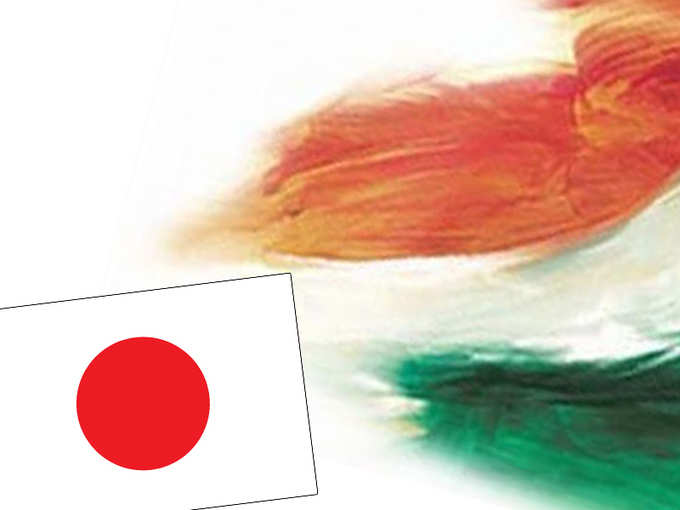
The fields of co-operation between the two nations are many. For one, the powerful navies of India and Japan are working closely with each other on the high seas. The aircraft carrier and nuclear submarine capacity of India complements Japan’s missile destroyer-dominated navy that has recently added a giant helicopter carrier. Japan is also helping transform India’s
Japan is looking strategically at India for some time now and enhancing its role as a reliable partner. Over the years, India has received $36 billion of Japanese assistance. In fact, India has been the largest recipient of
Moreover, both countries face an assertive Chinese posture in territorial claims. Japan faces these on the sea while India has a land controversy. This mutual threat perception has acted as additional ‘glue’ for this bilateral relationship. Together, they have the most powerful navies in Asia. Also, both have an additional interest in expanding the permanent membership of the
Japan has walked the friendship talk for over a generation now, first with the Maruti and now with the Metro rail.
The Indian middle class got their first affordable car in Maruti, which was from the Japanese firm
Japan is helping construct the
The DMIC is going to transform not just India’s creaky infrastructure but potentially the entire Indian economy. This is a mega project costing over $90 billion. Japan has provided an initial loan of $4.5 billion for this project. DMIC is a 1,483 km long dedicated freight train corridor across six states and two Union Territories. On both sides of the corridor, an area of 150-200 km will be developed as industrial townships.
In sheer scale, the DMIC is awesome.
It aims at doubling the employment potential in 7 years while industrial output is projected to go up three times in 9 years. Exports from the project and its periphery are likely to quadruple in 8 years. As the Japanese expertise and money are combined with Indian capabilities for this project, the key impact will be in terms of industrial townships that will be developed around the corridor. Gujarat and Rajasthan will gain the maximum as 70% of the infrastructure will be developed in these two states. But the project will really boost India’s
Japan has also signalled that it is keen to bring its famous
In a way, bullet trains symbolise Japan’s burgeoning ecosystem. They are also extremely expensive and require the kind of technology that India does not have. An investment of $10 billion will be required to introduce these trains here. As of now, India is looking at speeds of up to 350 km an hour while the government had admitted in the Parliament that Indian trains run on an average of 40 km/hour. The first bullet train will be connecting Mumbai and Ahmedabad, reducing the travel time to about 2.5 hours, instead of the current 6.5 hours. With both countries moving forward on this proposal, India’s outdated train system will soon get a swanky new avatar.
Japan’s PM
The Japanese
Japan and India are coming very close in international security relations.
India and Japan are beefing up their security co-operation and coming closer in the field of defence. This is because both are faced with common threats and both nurture the common values of democracy. The countries also signed a path-breaking
India and Japan share a lot of soft power.
Japan appreciates the fact that the Indian
This relationship is likely to grow.
It won’t be wrong to assume that
